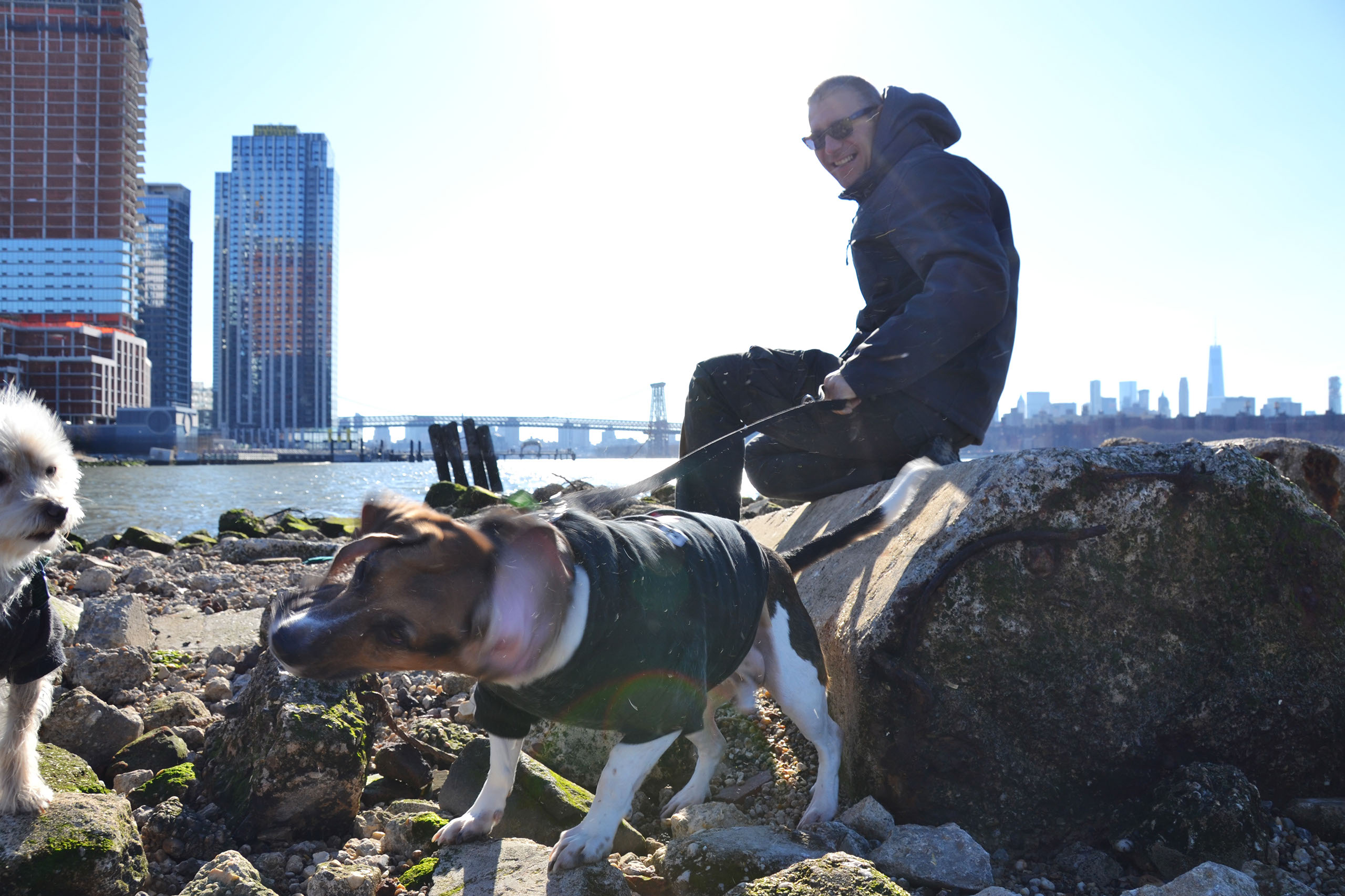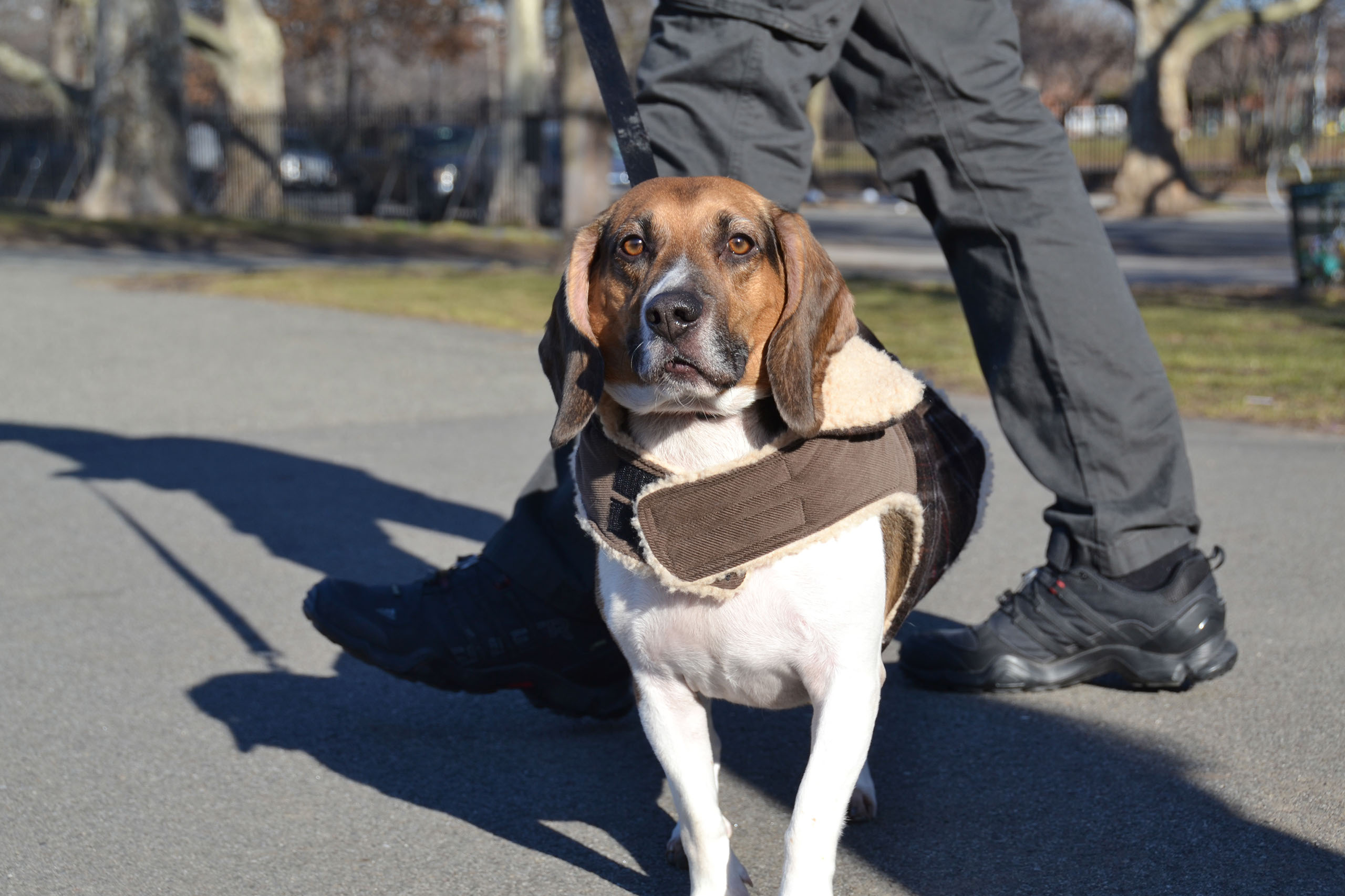The key to helping your new dog make a successful adjustment to your home is being prepared and being patient. It can take anywhere from two days to two months for you and your pet to adjust to each other. The following tips can help ensure a smooth transition.
First, gather your dog's supplies
You'll need a collar and leash, food and water bowls, food, doggy bed, and some toys. And don't forget to order an identification tag right away.
Establish house rules in advance
Work out your dog-care regimen in advance among the human members of your household. Who will walk the dog first thing in the morning? Who will feed him at night? Will the dog be allowed on the couch, or won't he? Where will he rest at night? Are there any rooms in the house that are off-limits?
Be prepared for housetraining
Assume your new dog is not housetrained, and work from there. The new environment and new rules often makes dogs confused, and they are likely to forget their previous training. Be consistent, and maintain a routine. A little extra effort on your part to come home straight from work each day will pay off in easier, faster housetraining. To learn more about housetraining click here.
Give your dog a crate
A crate may look to you like the canine equivalent of a jail cell, but to your dog, who instinctively likes to den, it's a room of his own. It makes housetraining and obedience-training easier and saves your dog from the headache of being yelled at unnecessarily for problem behavior. Of course, you won't want to crate your dog all day or all night, or he will consider it a jail cell. Just a few, regular hours a day should be sufficient. More info on crate training can be found here.
If a crate isn't an option, consider some sort of confinement to a dog-proofed part of your home. A portion of the kitchen or family room can serve the purpose very well. (A baby gate works perfectly.)
Use training and discipline to create a happy home
Dogs need order. They are pack animals, and feel happier and more secure if they know the house order. Let your pet know from the start who is the boss. Stay calm when he is misbehaving, and let him know immediately, in a loud and disapproving voice, that this is not ok. Reward him with praise when he does well, too! Sign up for a local dog obedience class, and you'll learn what a joy it is to have a well-trained dog. Also be sure to read this tip sheet on training your dog with positive reinforcement.
Let the games begin
Dogs need an active life. That means you should plan plenty of exercise and game time for your pet. Enjoy jogging or Frisbee? You can bet your dog will, too. If running around the park is too energetic for your taste, try throwing a ball or a stick, or just going for a long walk together. When you take a drive in the country or visit family and friends, bring your dog and a leash along.
Be patient and enjoy the ride
Finally, be reasonable in your expectations. Life with you is a different experience for your new companion, so give him time to adjust. You'll soon find out that you've made a friend for life. No one will ever greet you with as much enthusiasm or provide you with as much unqualified love and loyalty as your dog will. Be patient, and you will be amply rewarded.
More info on Adjustment to a new home can be found here and here.
Training can be accomplished at home, in an obedience class, or with a private trainer. It requires patience, a collar, a leash, a sense of humor, patience, and an understanding of dog behavior. That understanding can come from one or more of the many excellent books written about training companion dogs or from an obedience instructor or dog trainer.
Consistency is important in dog training. For example, if Ruffie was allowed to sit on the sofa yesterday and is yelled at for joining Aunt Florence on the sofa today, she'll be confused. It's better to teach her "up" and "off" so she'll climb on the furniture only when invited. If Mom says that Spot gets only dog food and treats, and the kids feed him from the table, he'll learn to beg and ultimately to steal in spite of Mom's efforts. Then, when he feasts on the roast, he's really in the doghouse for doing something he's actually been "trained" to do.
Training should be fun. Every training session should be punctuated with games, praise, and hugging. Buster should look forward to each session, just as he looks forward to his daily exercise. Every exercise should be useful at home. The dog should learn to sit on command and be conditioned to sit before going through a doorway, getting in or out of the car, before getting his dinner or a treat, and before getting petted by strangers or visitors. A sitting dog cannot knock a bowl of food out of your hand, lunge through a narrow opening in the door, jump out of the car before you clip on the leash, and so on.
The dog should learn to lie down so he won't beg at the table or bother the kids at play and will ride quietly in the car, etc. He should learn to stand still so he can be groomed or examined by the veterinarian. He should learn to walk on a leash without pulling; allow his feet, ears, and teeth to be handled; and come when he's called, wherever or whenever.
Add a few tricks to the repertoire for fun and deal with the problems as they arise, and you'll have a well-mannered pet.
More info on Obedience Training can be found here.
The goal of dog training is to build a bond between pet and family and to enjoy the process. A training class should be fun, informative, and helpful. If any of these ingredients are missing, if the instructor strikes the dog as correction, if the instructor does anything you consider questionable, ask why and if you're not satisfied with the answers, leave the class. Sticking it out because you already paid the fee could do great damage to your relationship with your pet.
Info on how to choose the trainer or a class for your dog can be found here.
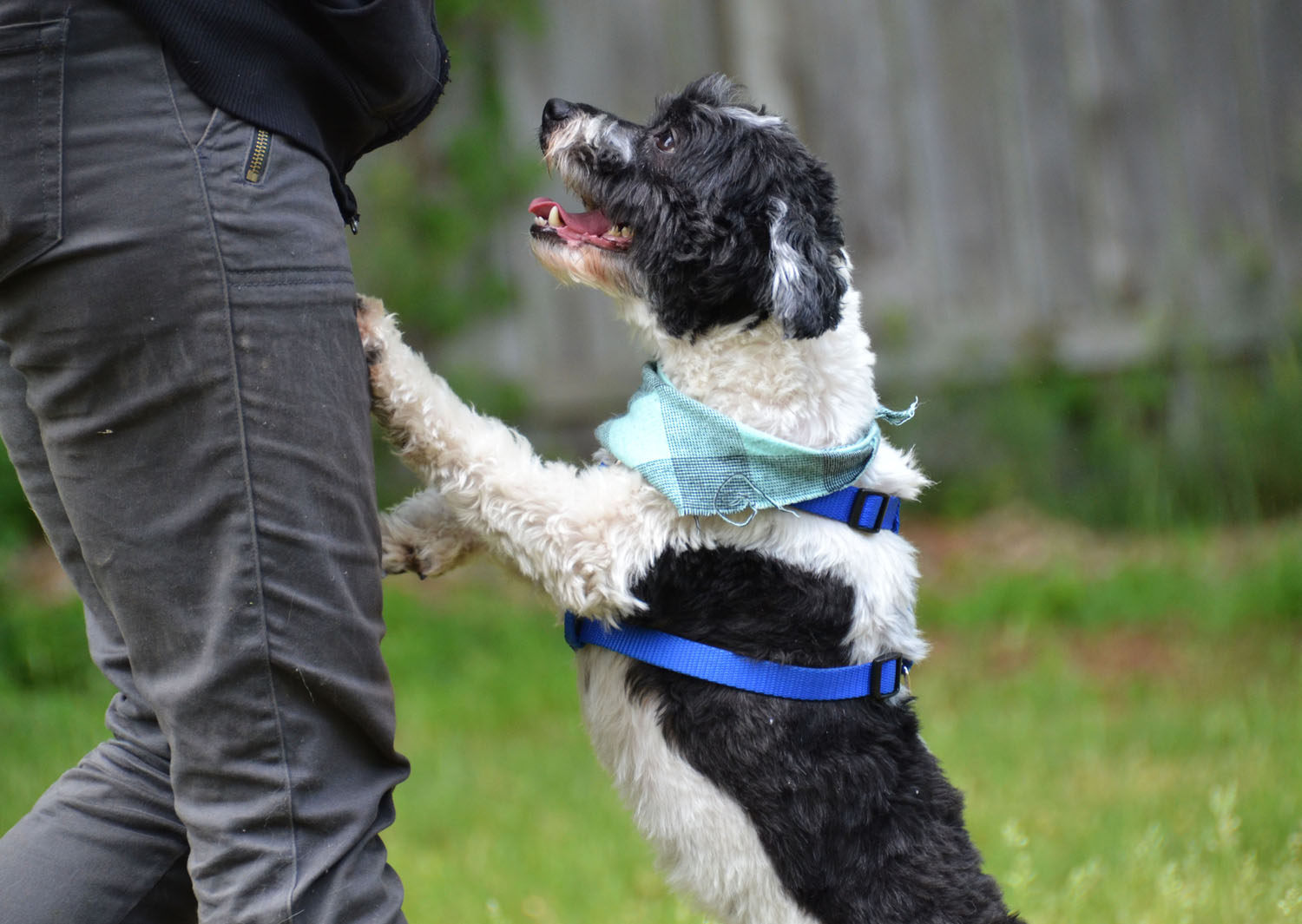

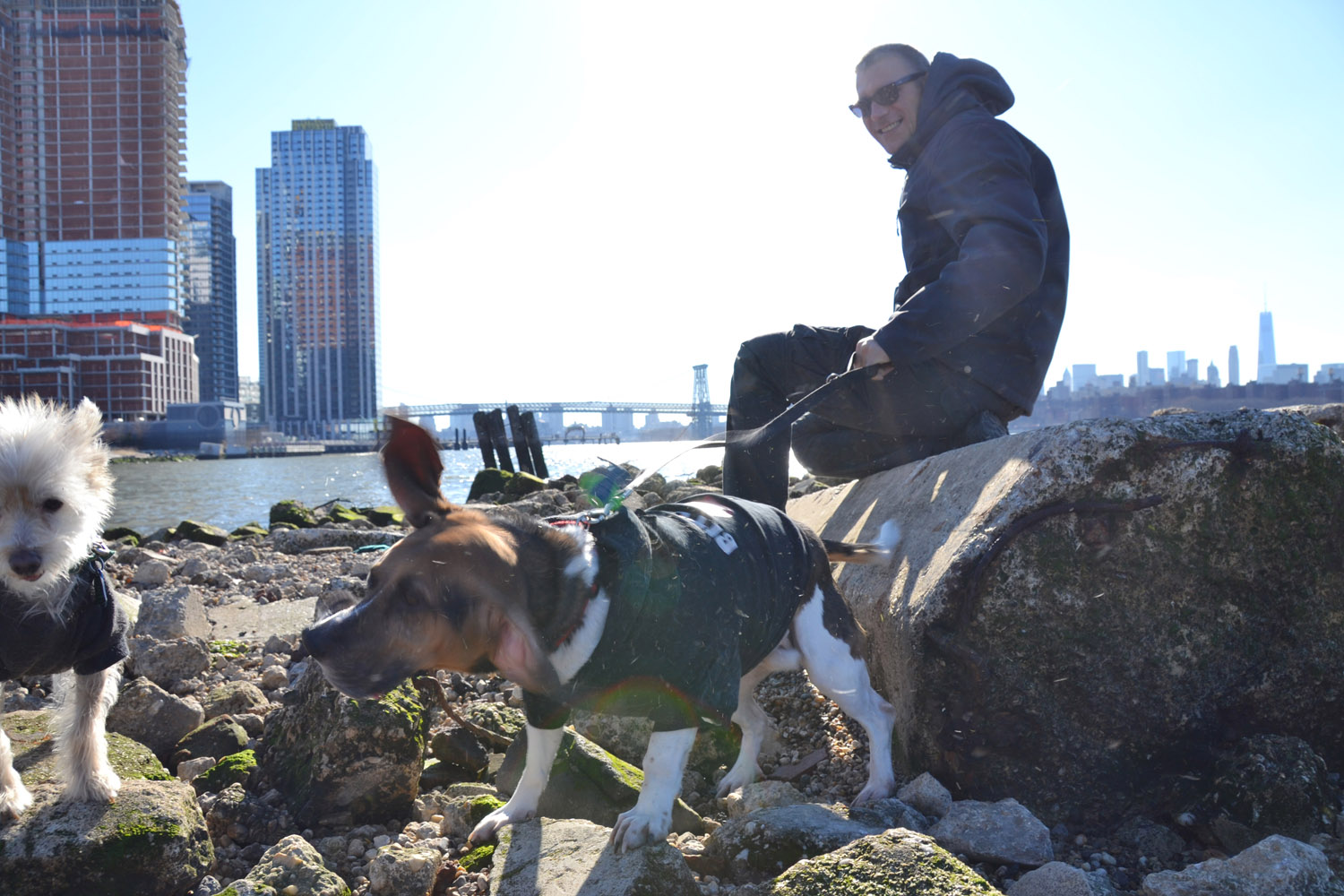
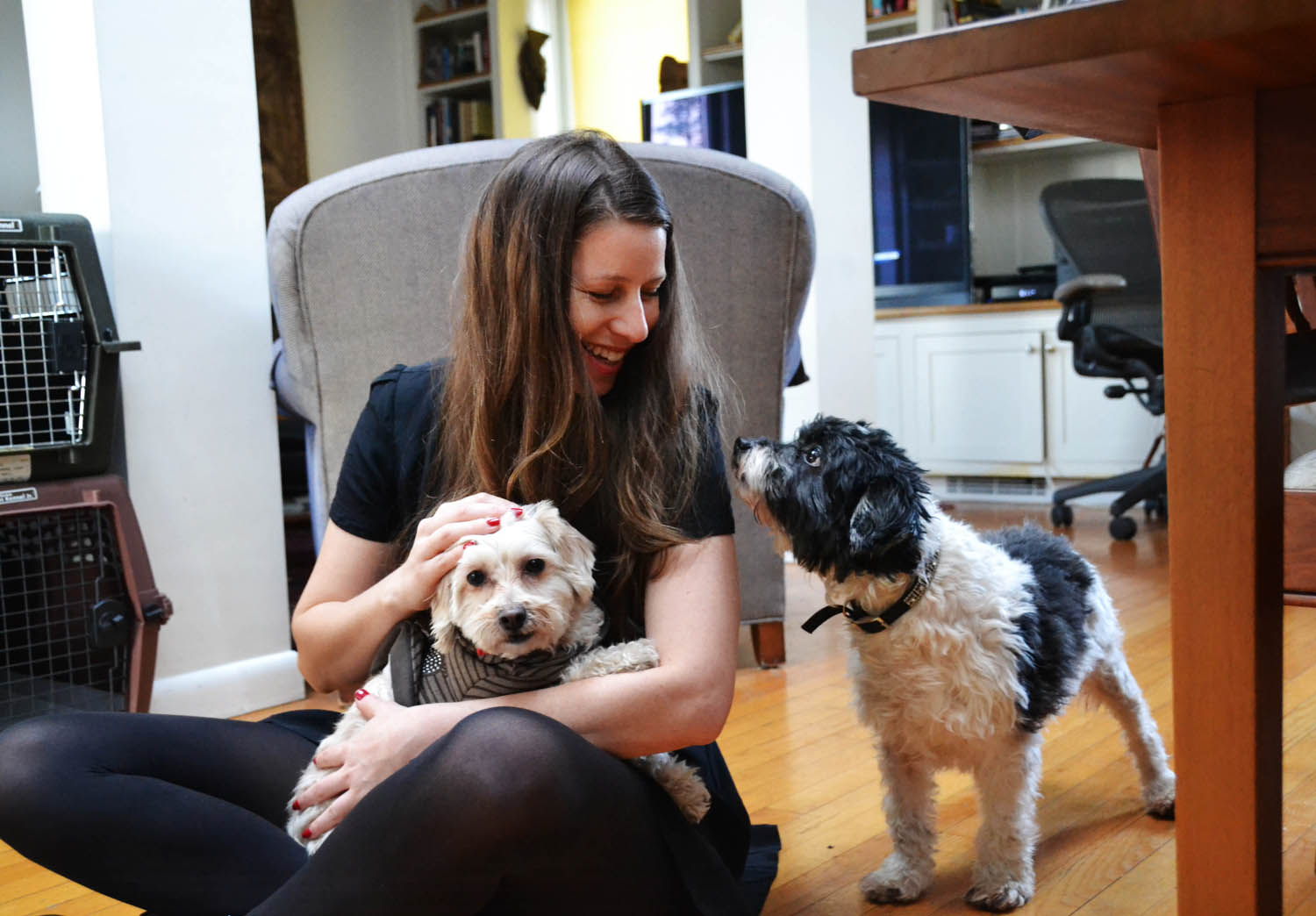
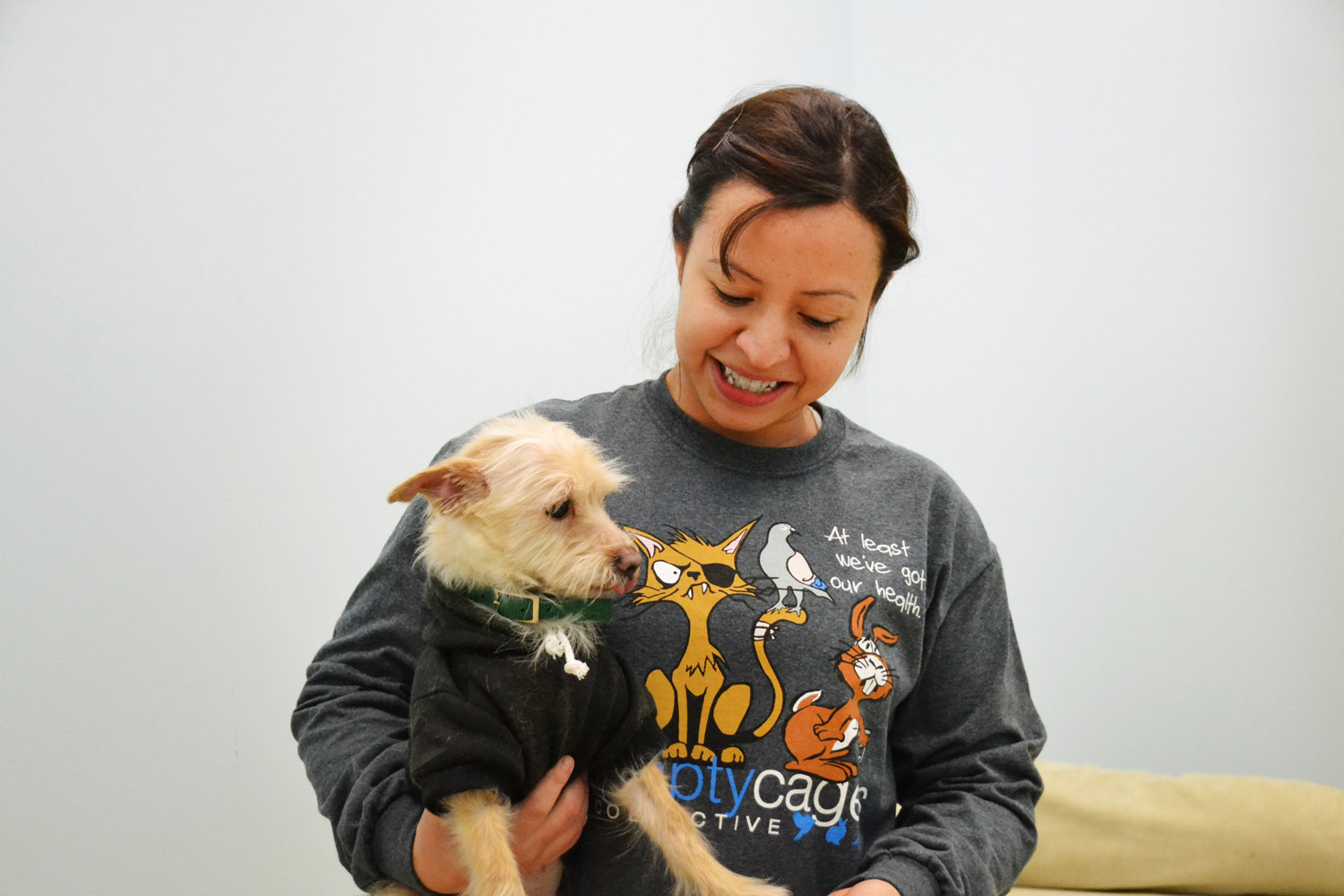
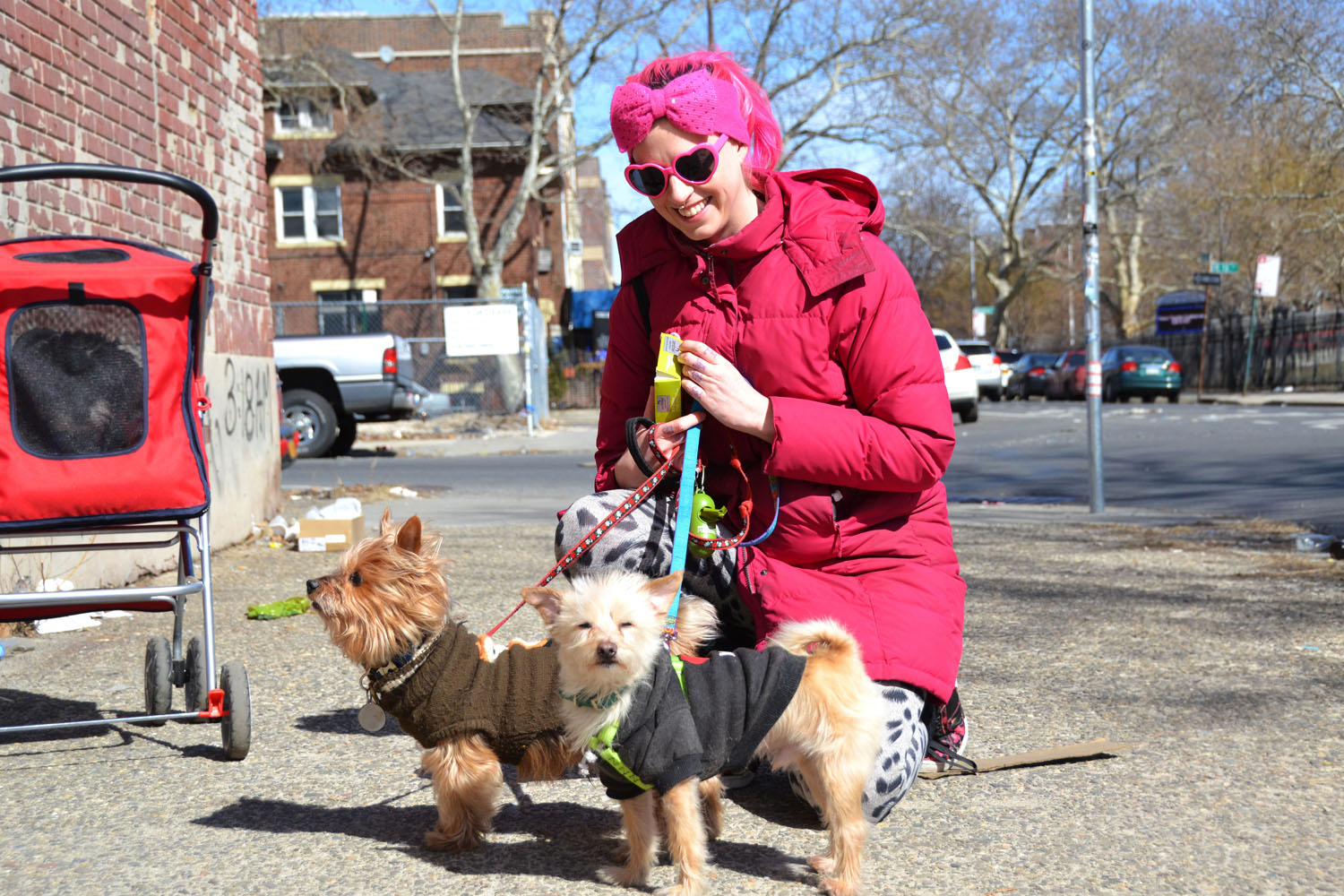

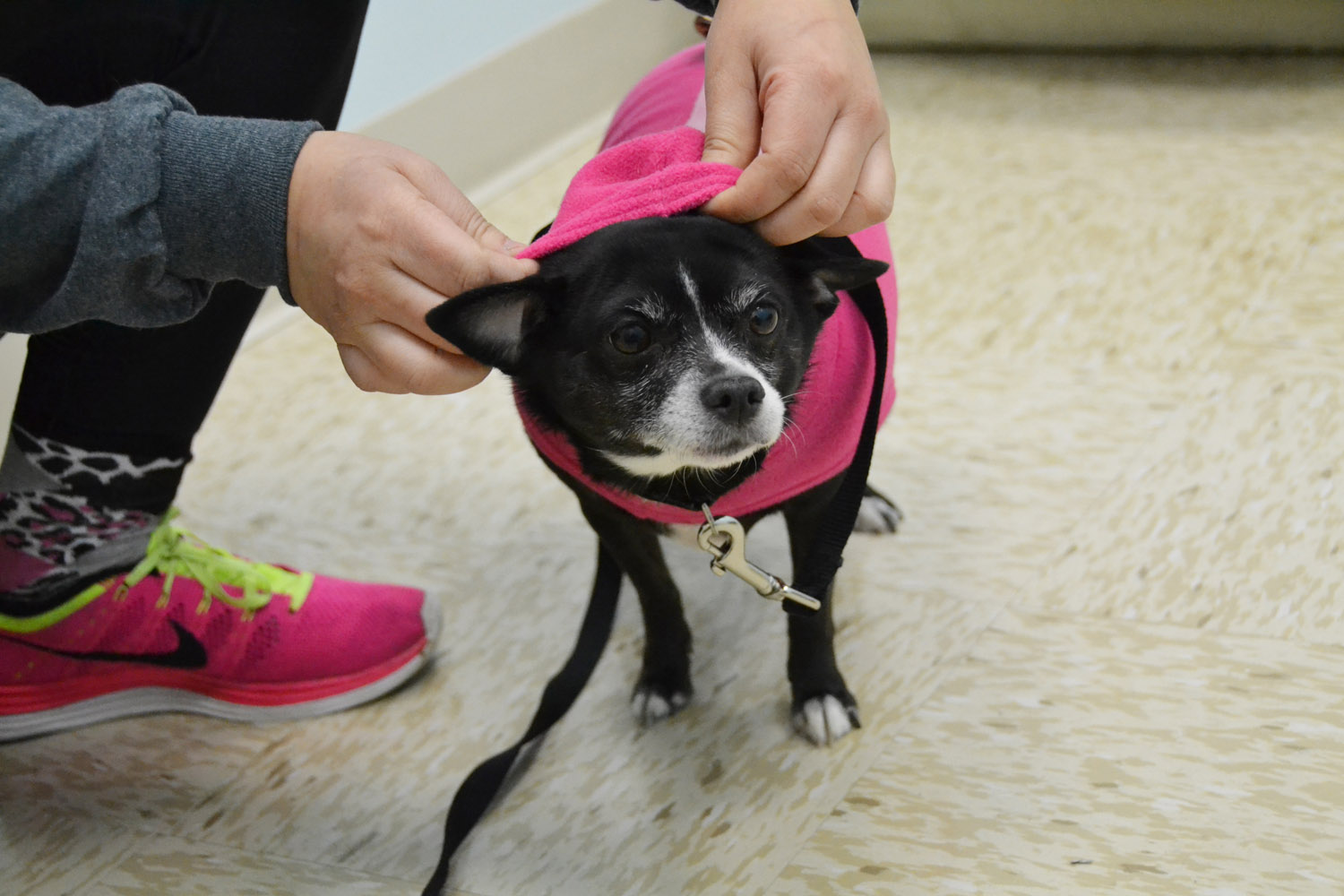
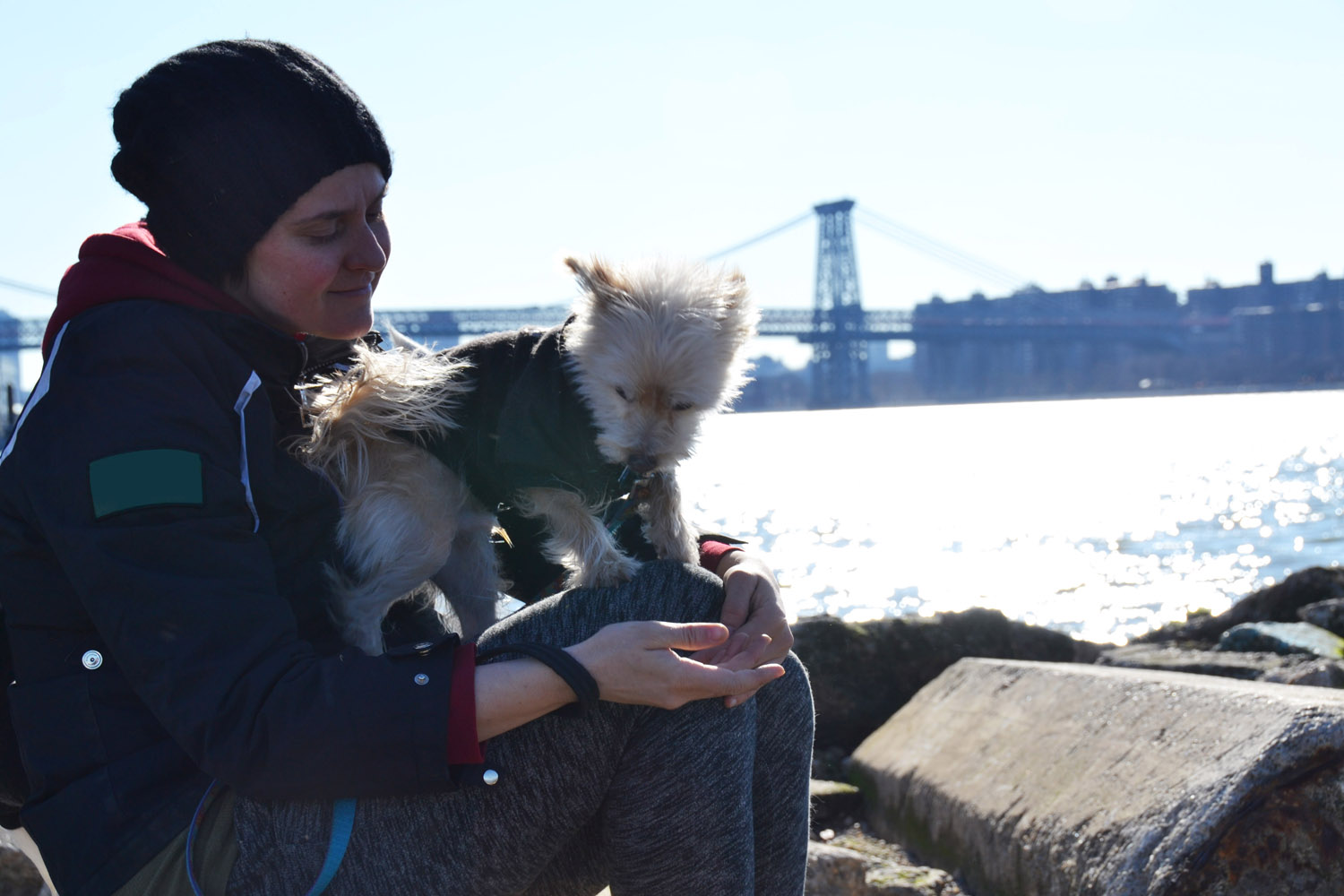


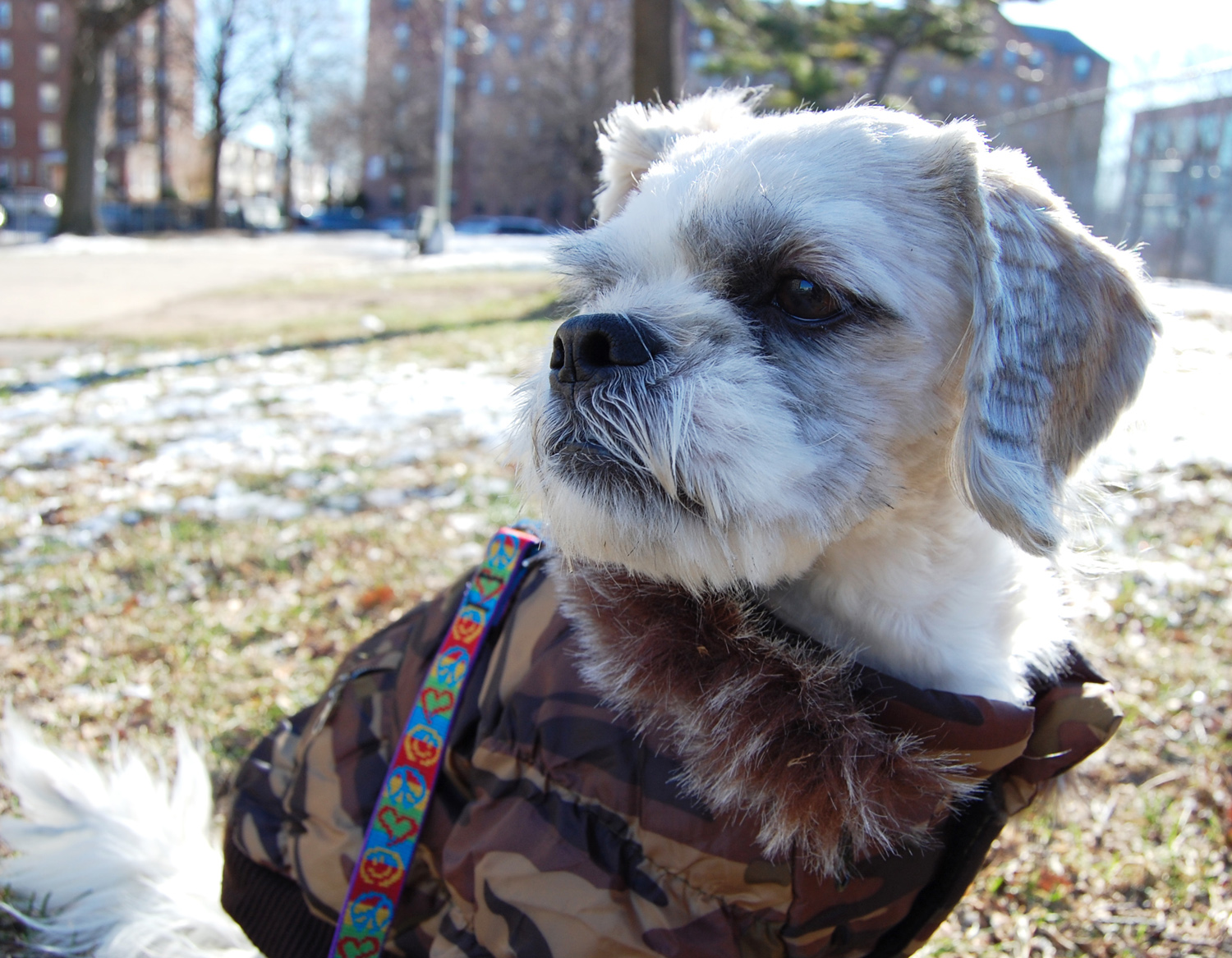

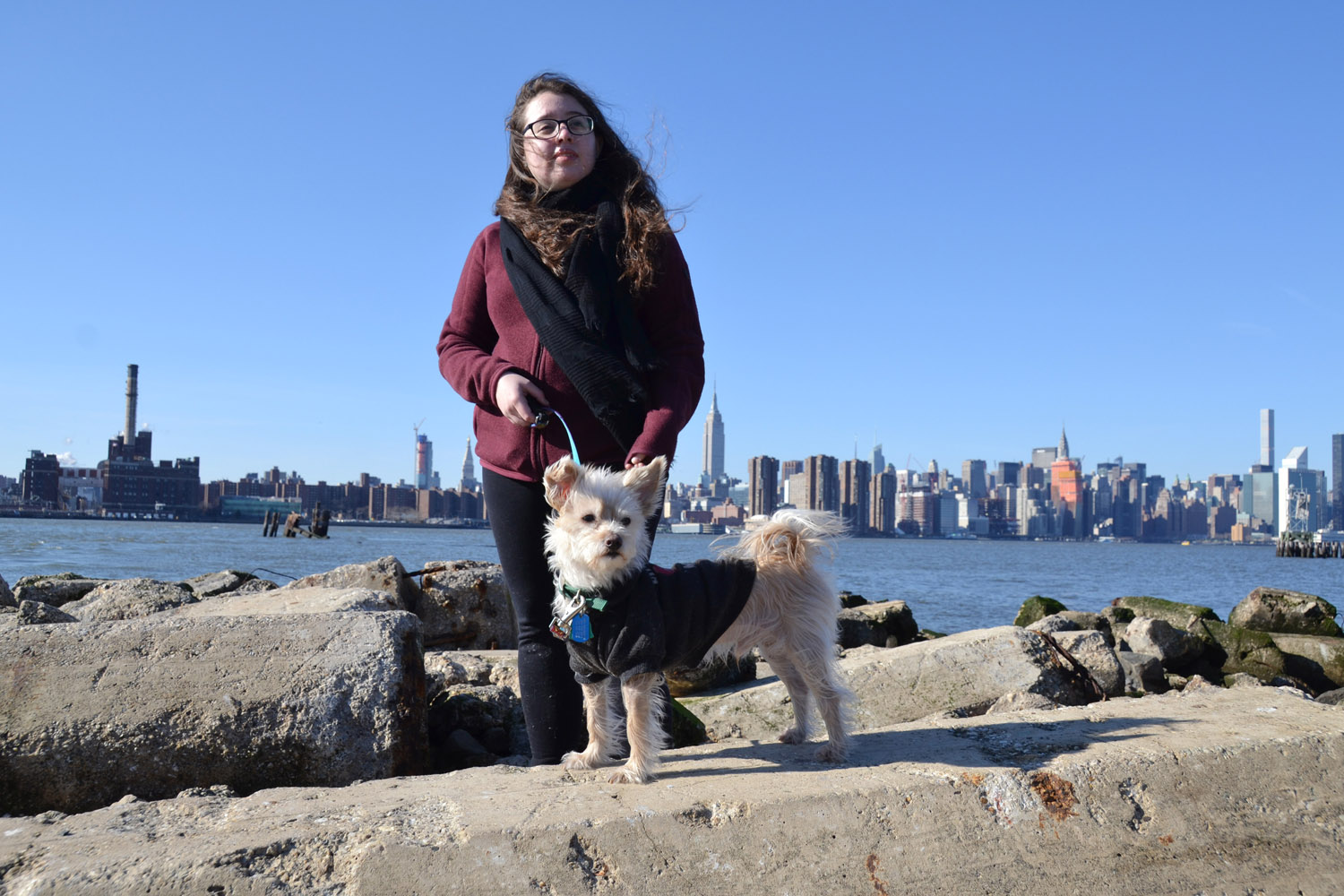
You will save a life
A shelter animal is more than one in a million- she/he is one in 2.7 million. That's the number of adoptable dogs, and cats, who are euthanized EACH year in the United States, simply because too many animals come into shelters, and too few people adopt. The number of euthanized animals could be reduced dramatically if more people adopted, instead of buying them. When you adopt, you help save that one animal, but also help by open up shelter space, or a foster home, for yet another animal who will surely need it.
You will get a great animal
Animal shelters and rescue groups are brimming with happy, healthy animals, just waiting for someone to take them home. Most shelter dogs ended up there because of a human problem, like a move or a divorce, not because the animal did anything wrong.
All vetting is already done, and the adoption fee is far less then if you were paying for the vetting yourself.
Most dogs are already housebroken and trained too!
Cost of Spay & Neuter
When you adopt a pet, the cost of spay/neuter, first vaccinations and sometimes microchipping is included in the adoption price, which means you've scored a major deal—a fuzzy deal who will thank you with tail wags and kisses for years to come.
The bragging rights
No one wants to see another selfie… unless it’s a selfie of you with the adorable pup you just adopted! Adopt a dog, post the pictures, tag us #emptycages for Twitter or #emptycagescollective for Instagram and let the likes roll in.
This is one way to fight puppy mills
Puppy mills are "factory style" breeding facilities that put profit above the wellbeing of animals. Animals from puppy mills are housed in shockingly poor conditions, with little to no medical care, and are often very sick, and behaviorally troubled as a result of their neglect. The moms of the sellable puppies are kept in cages to be bred over and over for years, without any human companionship, and with little to no hope of ever joining a family. And after they're no longer profitable, breeding dogs and cats are simply discarded- either killed, abandoned or sold at auctions.
Sense of purpose and fulfillment
Not only do adopted animals give you unconditional love, but they have been shown to be psychologically, emotionally and physically beneficial, for their adopters. Caring for a companion animal can provide a sense of purpose and fulfillment, and lessen feelings of loneliness, and isolation, in all age groups. And when you adopt, you can also feel proud about helping an animal in need.
You will change a homeless animal's whole world, and get a new best friend in the bargain. Seriously, what could be better than that?!


While the traditional age for neutering is six to nine months, puppies as young as eight weeks old can be neutered as long as they’re healthy. Dogs can be neutered as adults as well, although there’s a slightly higher risk of post-operative complications in older dogs, dogs that are overweight or dogs that have health problems.
Pets are homeless everywhere
In every community, in every state, there are homeless animals. In the USA, there are an estimated 6-8 million homeless animals entering animal shelters every year. Barely half of these animals are adopted. Tragically, the rest are euthanized. These are healthy, sweet pets who would have made great companions.
Your pet's health
A USA Today (May 7, 2013) article cites that pets who live in the states with the highest rates of spaying/neutering also live the longest. According to the report, neutered male dogs live 18% longer than un-neutered male dogs and spayed female dogs live 23% longer than unspayed female dogs. The report goes on to add that in Mississippi, the lowest-ranking state for pet longevity, 44% of the dogs are not neutered or spayed.
Another contributor to the increased longevity of altered pets involves the reduced risk of certain types of cancers. Unspayed female cats and dogs have a far greater chance of developing pyrometra (a fatal uterine infection), uterine cancer, and other cancers of the reproductive system. Unneutered males are prone to getting testicular and prostate cancer.
Curbing bad behavior
Unneutered dogs are much more assertive and prone to urine-marking than neutered dogs. Although it is most often associated with male dogs, females may do it, too. Spaying or neutering your dog should reduce urine-marking and may stop it altogether.
Other behavioral problems that can be ameliorated by spay/neuter include:
- Roaming, especially when females are "in heat."
- Aggression: Studies also show that most dogs bites involve dogs who are unaltered.
- Excessive barking, mounting, and other dominance-related behaviors.
While getting your pets spayed/neutered can help curb undesirable behaviors, it will not change their fundamental personality, like their protective instinct.
Please note-
ALL dogs adopted with ECC are already spayed/neutered.
Many people are surprised to learn that not only can dogs enjoy vibrant health on a vegan diet, but just like people, their physical condition can actually improve as a result of eliminating animal foods.
By genus, dogs are classified in the order Carnivora, but, unlike cats (check out our cat nutrition page for more info) they have evolved biologically as omnivores, meaning their systems can derive nutrients from a wide variety of sources, including fruits, vegetables, grains, legumes and animal products.
Skeptical? Check out the story from CNN.
There is evidence demonstrating that vegan diets might actually offer benefits to dogs who suffer from various health problems. As stated on the Harbingers of a New Age website:
“Studies and numerous case reports have shown that nutritionally sound vegetarian companion animal diets appear to be associated with the following health benefits: increased overall health and vitality, decreased incidences of cancer, infections, hypothyroidism, ectoparasites (fleas, ticks, lice and mites), improved coat condition, allergy control, weight control, arthritis regression, diabetes regression and cataract resolution.”
If your dog is currently eating an animal-based diet, it’s wise to be gentle and careful when switching to plant-based food, as any change in diet has the potential to cause digestive disorders. Many dogs (especially young dogs who don’t have ingrained carnivorous habits) will take to it right away, but for some, it may take a few days before they are even willing to try this new, meat-free fare.
During the transition time, it’s a good idea to offer them foods that they find particularly irresistible (read on for suggestions). Once they realize how delicious their new food can be, we find that they tend to adjust pretty easily!
There are some important differences to be aware of:
- Non-vegetarian dogs generally eat one meal a day, whereas vegan dogs should get two smaller meals daily, plus snacks.
- A healthy snack would be several dog biscuits or a handful or two (depending on the size of your dog) of dry kibble.
More info on Vegan Diet for your dog, as well as a list on resources and supplies can be found here.







